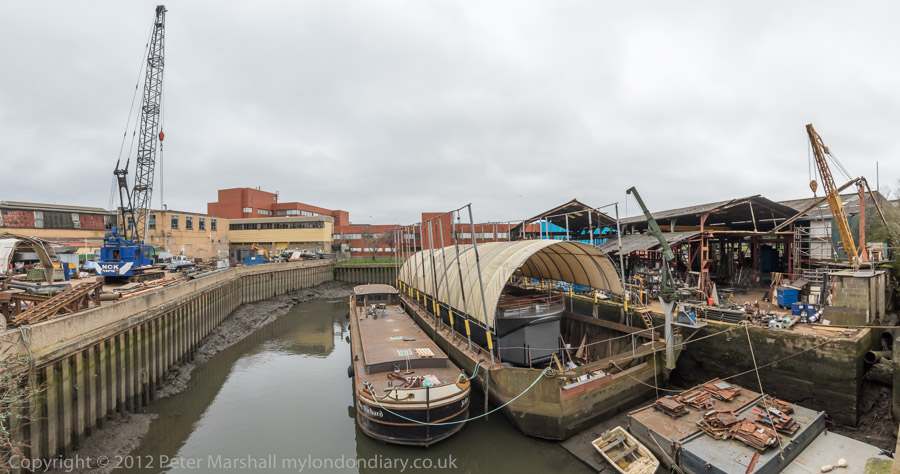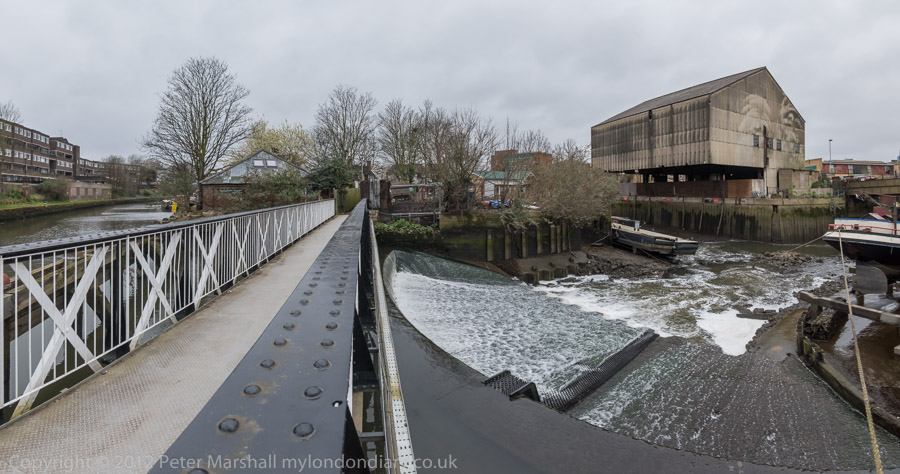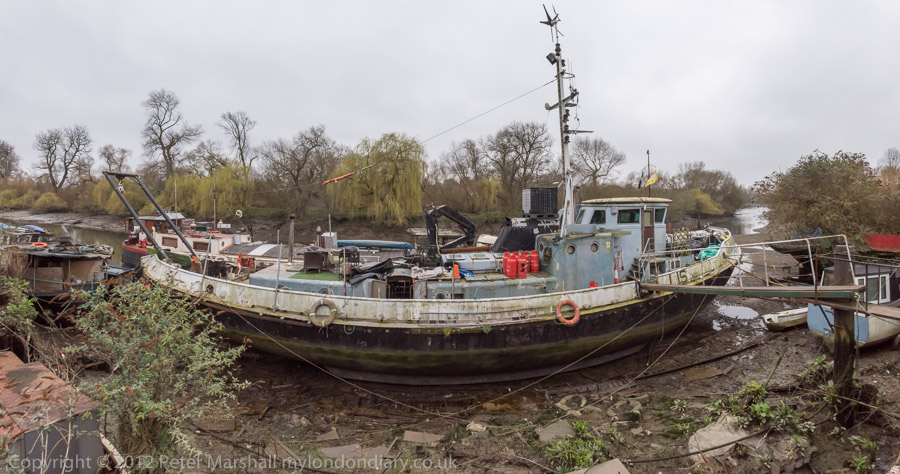In my extreme youth I was a Brentford fan. Not that I ever went to a match at Griffin Park, though I think three of the under-11 team I played for went on to start professional careers there – and one of them stayed there until he retired a few years ago. I wasn’t a star player, and I think was sometimes the only player who didn’t manage to score when we thrashed some other teams 30, 40 or 50-nil (I think sometimes the ref lost count.) Even the goal-keeper sometimes put one in the opposite net, though at left or right back I could claim some credit for the nil on the other team-sheet, by fair means or foul.
But my attraction to Brentford was not just the football, but the romance, perhaps a strange word, but there was and still is something special about the place. It was always a thrill in my young days to take a trip on the bus along Brentford High St, though it was often too high, with the ammonia and tar of the gaswords sometimes almost overpowering, but visually too there was sometimes if you were fortunate the sight of a huge wall of re-hot coke as a furnace was opened and it cascaded down to ground level. I don’t know how many times I saw this, but it engraved itself indelibly on my memory.

I think too my father may have taken us on days out, perhaps even bank holidays, not just to Kew on the bus through Brentford, but to walk along the Grand Union Canal, which enters the Thames here. Even now, many years later and long after the end of commercial traffic on the canals and the turning of Brentford Dock into a private housing estate, much still remains of the backwaters and streams of the River Brent between the high street and the river, hidden away from the casual visitor, but much more open to the public than when there was far more riverine commerce and only a few footpaths open.

The opening up of the riverside hasn’t been altogether positive, with large blocks of offices and flats destroying some of the unique atmosphere, replacing it with an identikit blandness, but a little of the charm remains, as I hope you can feel from these images.
I’ve written a little previously about the later stages of the walk that took use from Kew Bridge through Brentford to Isleworth and Mogden during last Easter’s holiday. This was a photographers’ walk rather than the normal family route-march where I keep finding myself having to run to catch up the others striding 50 or more yards ahead after I’ve stopped to make a picture. We wandered back and forth, explored dead ends and different views, took our time and our pictures.
I’d come this way a dozen years earlier, working with the Russian swing-lens Horizon panoramic camera as well as the Hasselblad X-Pan fitted with the 30mm lens, on a slightly misty New Year’s Eve in 2003, and I was interested to see both how things had changed and how different things looked using digital rather than film. Of course I don’t have a swing-lens digital camera – which would need a curved sensor, but was using software to produce a similar result from full-frame 16mm fisheye images.
One big difference is that I haven’t yet got around to either printing or scanning more than one or two of those colour negatives that I took in 2003, while the digital files were very quickly processed. At least I have developed the film, though I still have a few rolls waiting to be done from around 10 years ago that somehow I’ve never got round to. I did send a couple of batches off to be processed a year or so ago, but haven’t yet got around to finishing the job.

So far as I can see from the negatives, the results from digital are very similar, except that they have a significantly greater field of view. One big advantage fro digital is the wider vertical field, which if you want a panoramic format such as the 1.9:1 I’ve used here, gives you considerable freedom as to where to place the horizon. With the two film cameras I was using the horizon was always central as the cameras have to be kept level to avoid a curved horizon.
The camera used for these pictures was the D810, and the images are 7360×4912 pixels – 36Mp – before cropping to panoramic format. While the orginal RAW files are a reasonable 35-40 Mb (Nikon compression does a great job) changing the perspective results in a 16bit Tiff file of over 210Mb which rather eats up disk space. But that 7360 pixel width means high quality prints at up to 25 inches wide, similar to what is possible from film with images 56x24mm or similar.

Since the images use the same ‘cylindrical’ perspective the compositional problems are much the same, and the main problem is with ‘cigarring’. Images taken face on of any large rectangular subject show this typical shape because the ends of the block are further from the camera than the middle. A couple of the images in Riverside Brentford Panoramas including the boat above show this too strongly for my taste. There are several different types of perspective that can be used other than the straightforward cylindrical which can reduce this effect – such as the Vedutismo applied here by PtGui.

There is a marked improvement, but it does over-emphasize objects at each end of the frame and isn’t always the best choice.
______________________________________________________
There are no adverts on this site and it receives no sponsorship, and I like to keep it that way. But it does take a considerable amount of my time and thought, and if you enjoy reading it, a small donation – perhaps the cost of a beer – would be appreciated.
My London Diary : Buildings of London : River Lea/Lee Valley : London’s Industrial Heritage
All photographs on this and my other sites, unless otherwise stated, are taken by and copyright of Peter Marshall, and are available for reproduction or can be bought as prints.
To order prints or reproduce images
________________________________________________________